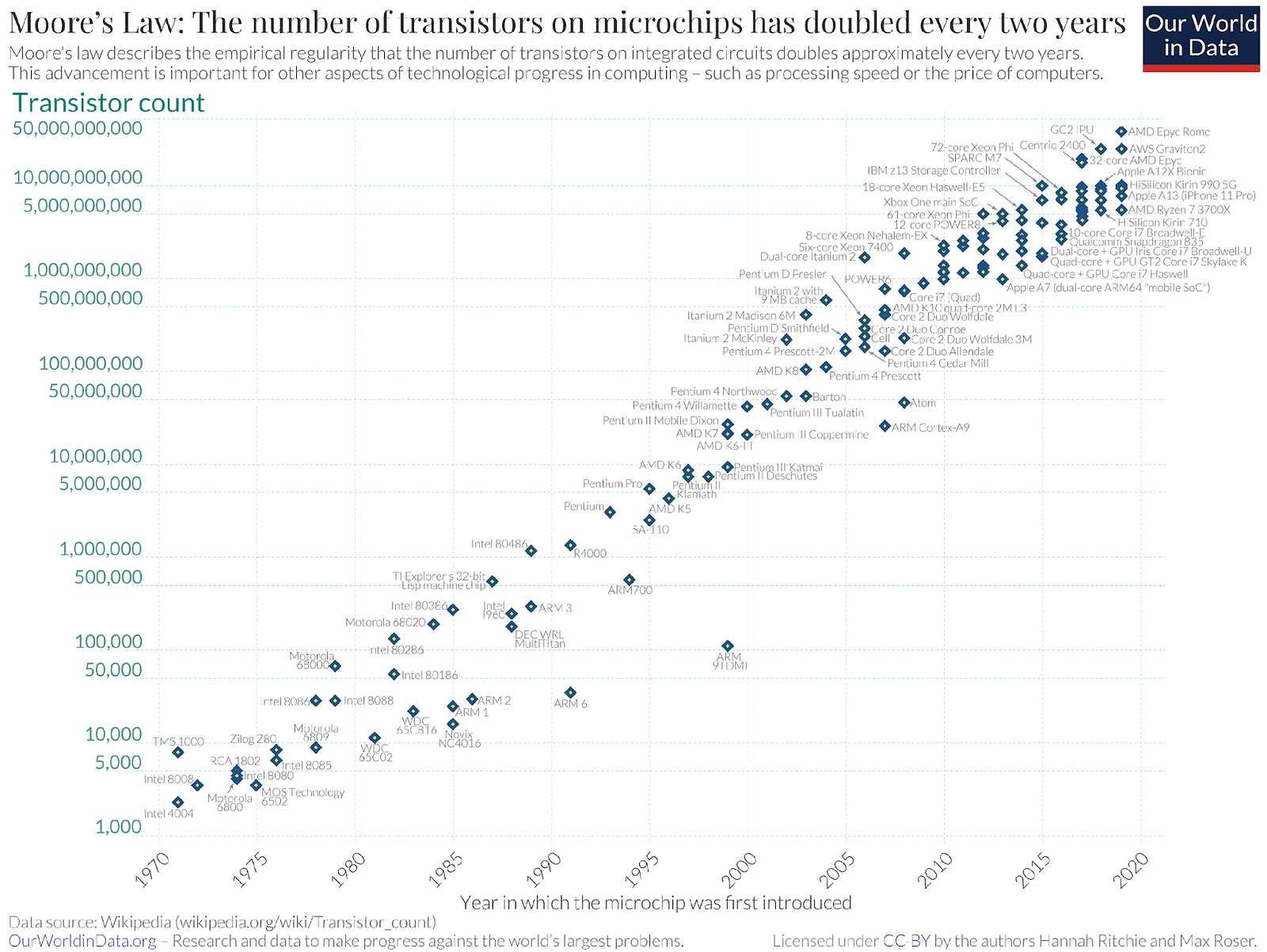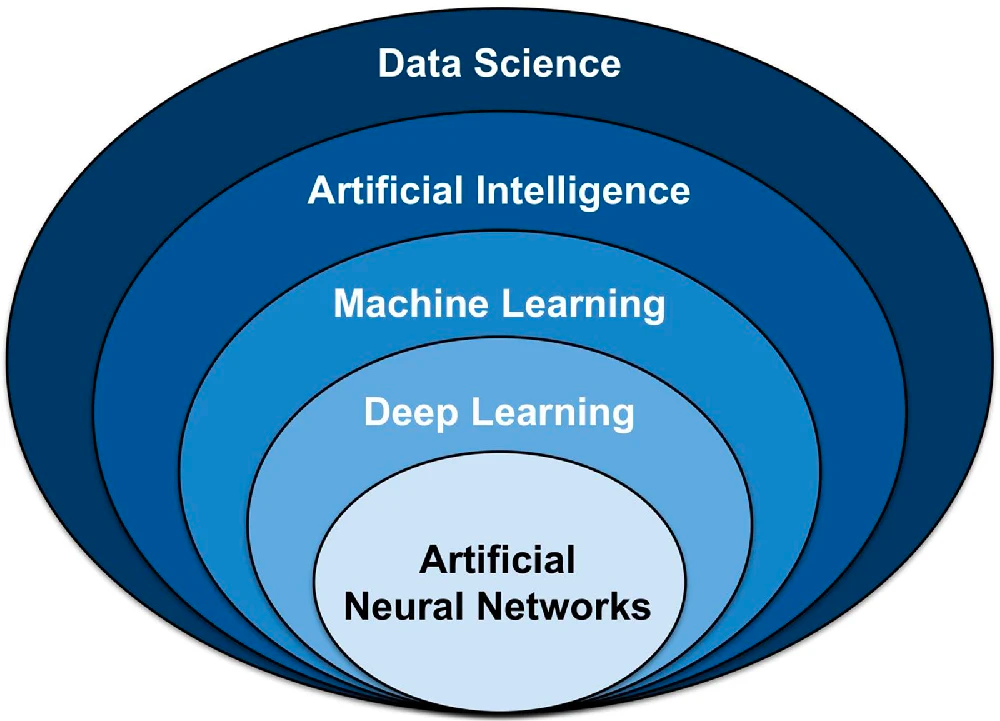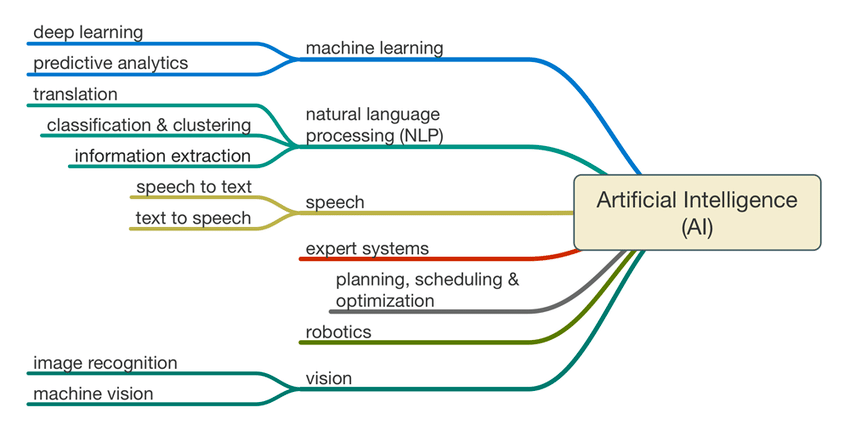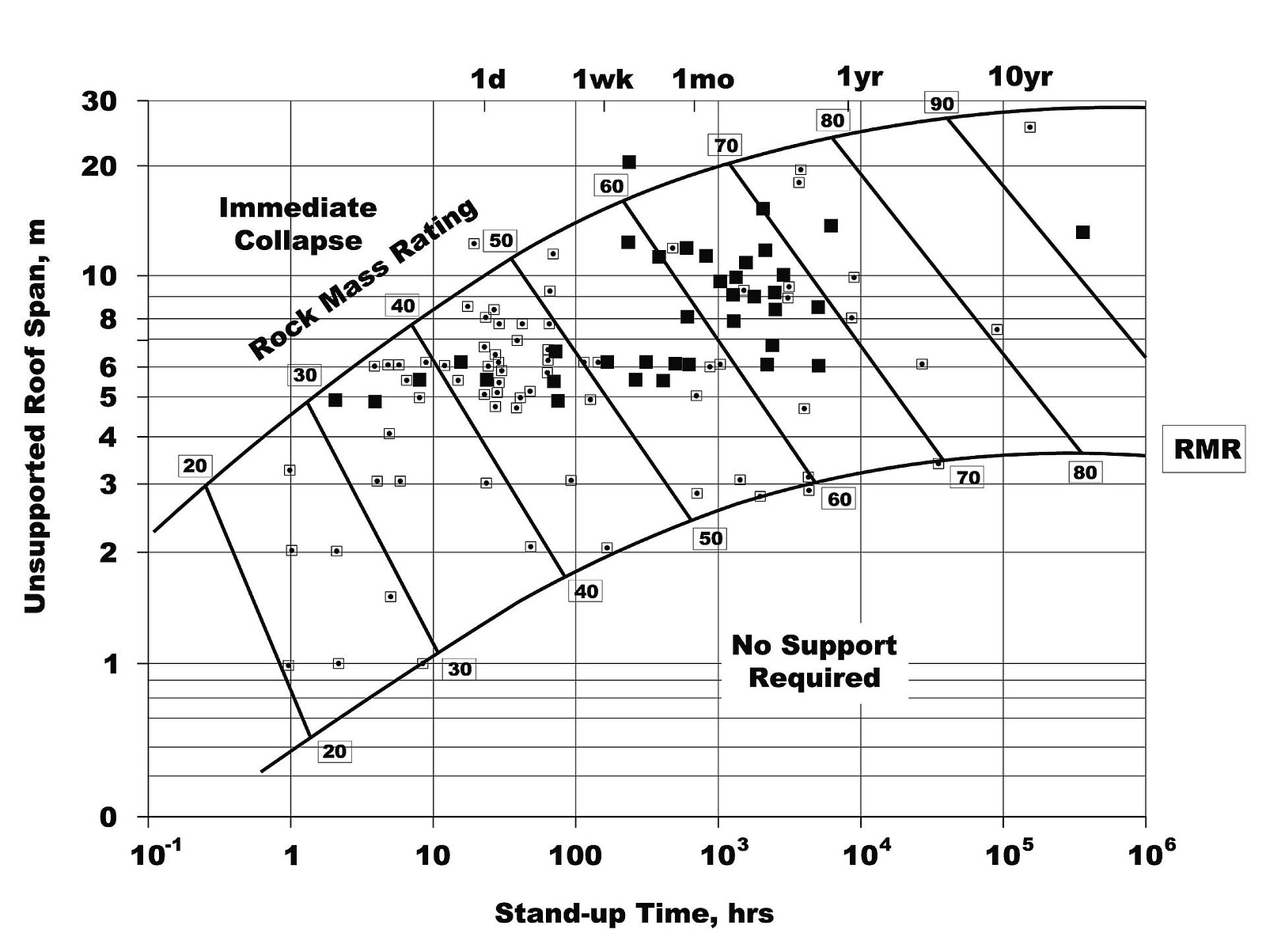An introduction to AI for Civil and Geotechnical Engineers and how it’s being used by Civils.ai

In today’s fast-paced world, many Engineers are pushed to find more efficient ways of working, this rabbit hole often leads us to start looking into AI and automation for answers. But approaching this topic can bring you to a daunting learning curve, which many of us don’t have the time to overcome. In this article we aim to give you a brief introduction to high-level concepts in AI you should know about. We will also discuss a few secrets of how we at Civils.ai have implemented AI in our product and how your can start to look into using it in your work.
But first, why is AI becoming increasingly powerful?
The theory known as Moore’s Law, which states that the number of transistors on a chip doubles approximately every two years, has played a significant role in the increasing power of AI.
High-performance processors and specialized hardware, such as GPUs (Graphics Processing Units) and TPUs (Tensor Processing Units), enable faster and more efficient processing of complex AI algorithms. This increased computational capability allows AI systems to handle larger datasets, train more complex models, and perform tasks at a scale previously unimaginable.
But what really is AI?
In simple terms, AI is about developing systems that can express reasoning, problem solving and creativity, rather than running programmes from hard coded scripts. At their best, these systems can process and analyze information, learn from experience, and make decisions based on identified patterns.
We often hear the topics of data science, machine learning and AI talked about interchangeably, but let’s take a step back and explain what these really mean.
Data Science describes the overall field which includes the concepts of AI, Machine learning etc nested inside. Think of Data Science as being equivalent to ‘General Engineering’ and within this field we have deep branching subjects being the equivalent to each of the Engineering disciplines. AI is a concept within data science, where we train computer systems to display reasoning and problem solving. Machine learning is a concept of AI where data is used to find extrapolations and predictions. Deep learning is where we use the data to find higher level meaning and finally Neural Networks are an underlying technology used in implementing some of these concepts. You also see below the different branches of AI research, typically an AI product includes one or more of these fields in their solution, the are distinct from each other and often use their own bespoke technology to implement their solutions.
Below breaks down just how many different types of AI technologies there are and their different use cases, many AI companies use basic regression models, which is why some companies may have AI in their name but not seem to use any obvious AI technology on the surface. Usually this is because these companies are using some form of linear regression analysis in their application, although there are only few companies in the world using advanced regression models (e.g. neural networks) and machine learning to build their product / services (fraud detection for cardit cards, for instance).
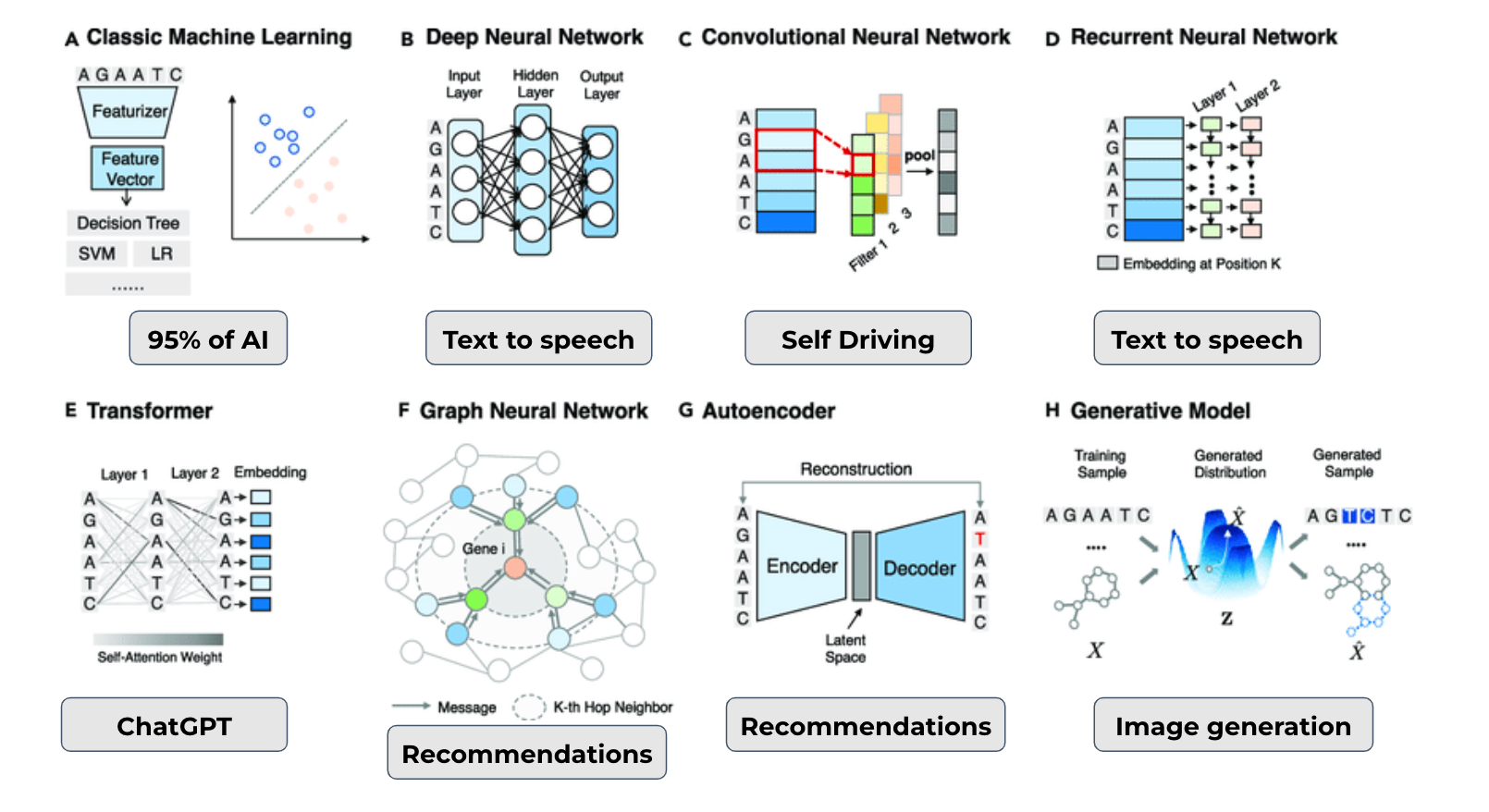
A Look at AI in the construction industry
What if I told you most of you as Engineers are already using the foundations of AI in your work today? Especially in Geotechnical Engineering, we often rely on empirical data to make some of our decisions, performing regression analysis on the data.
In geotechnical engineering, regression analysis is a statistical technique used to establish relationships between different soil properties and design parameters. By analyzing historical data and experimental results, engineers can develop regression models that predict specific outcomes or estimate unknown soil properties based on known factors. An example of this is seen below of a simple regression model used to estimate mined cavern standup time based on RMR.
Within Engineering however fragmented unstructured data has held back more advanced applications of AI, at Civils.ai we embraced this challenge of helping Engineering firms organise and structure their data allowing advanced AI applications to be developed.
We started with extracting and structuring data from Geotechnical reports and saving Engineers from painful hours of manual transcription and wasting their potential for Engineering innovation on a monotonous boring task.
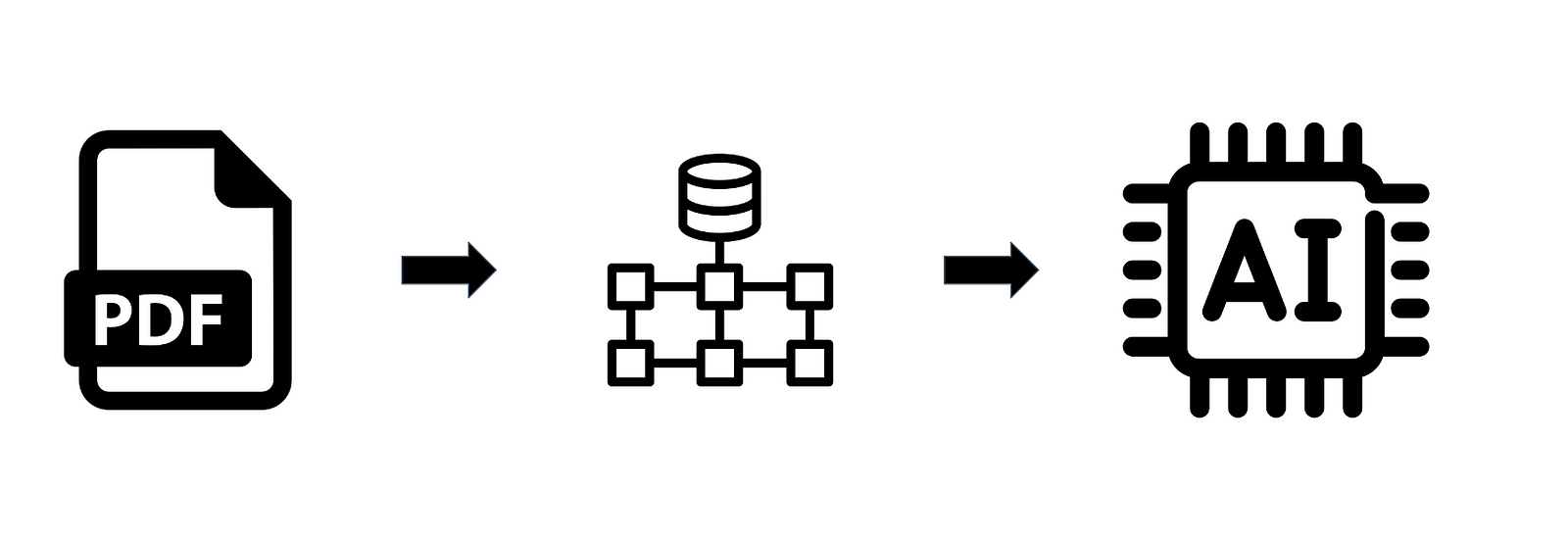
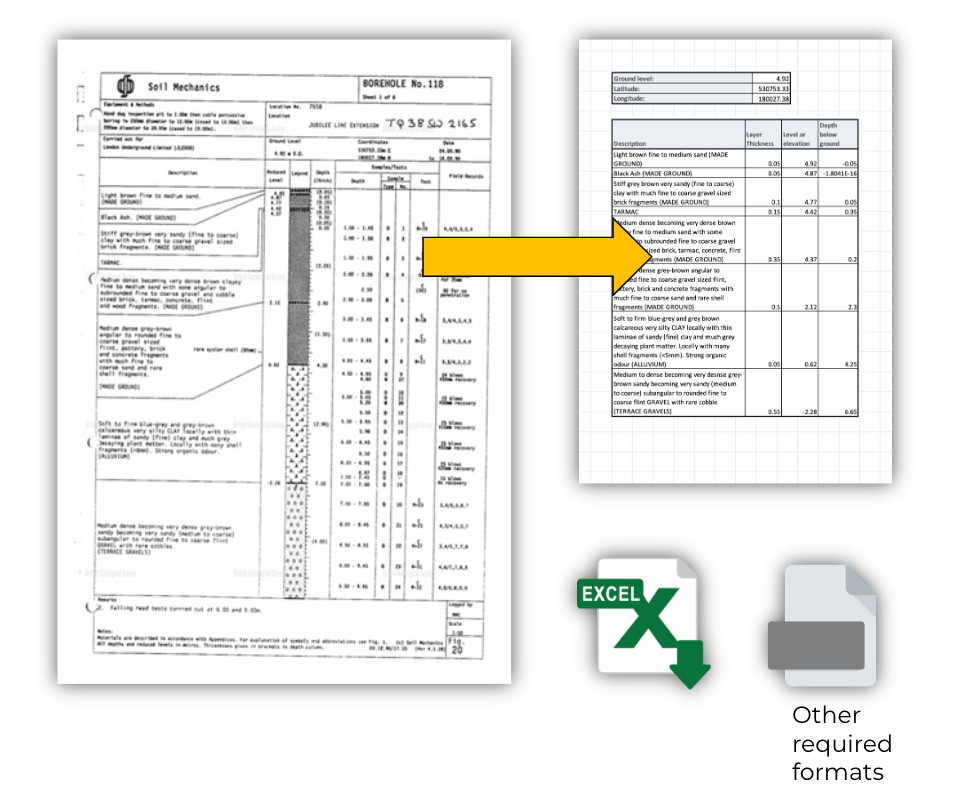
Civils.ai created a borehole record digitizer that eliminates the need for manual transcription of borehole records. The system automatically converts the data into AGS and Excel, streamlining the process and saving valuable time.
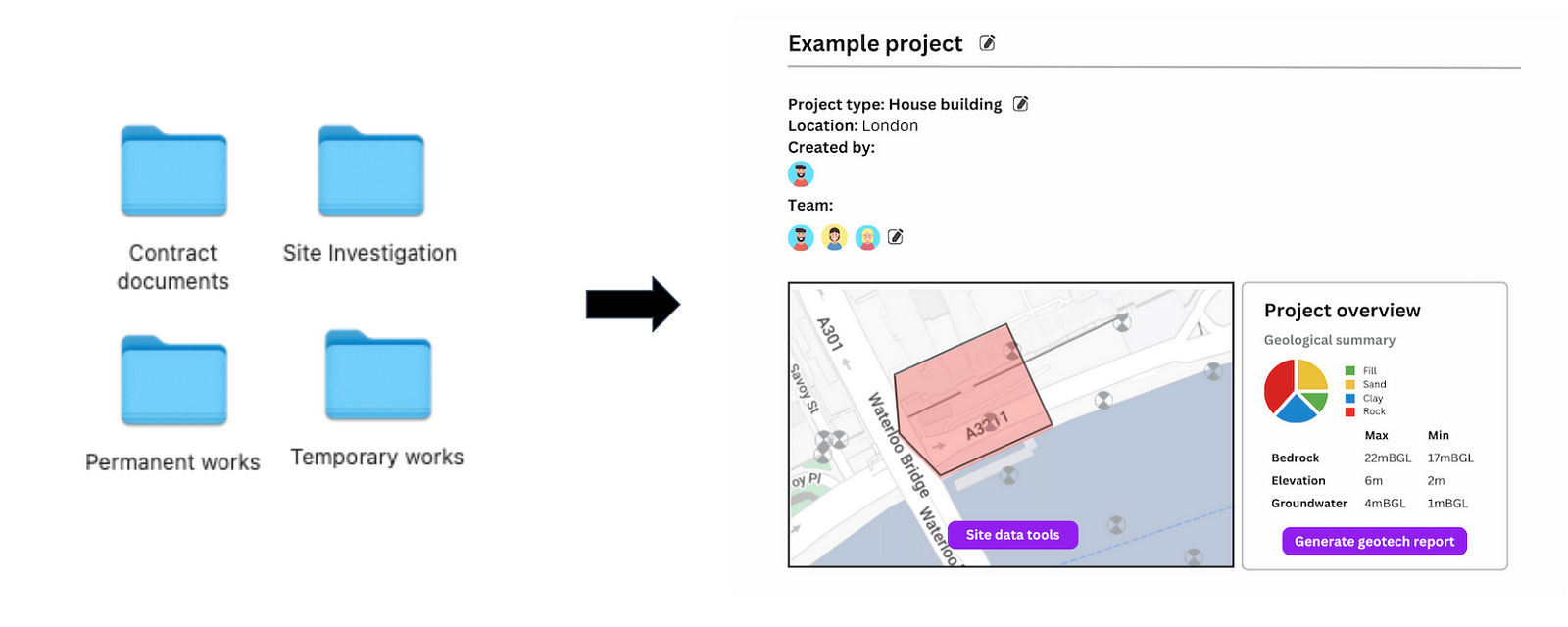
The AI technologies used to extract and structure PDF data are:
- Vision Intelligence Techniques: AI leverages vision intelligence techniques, such as computer vision, to extract and structure information from visual data. Computer vision algorithms can analyze images and videos, identifying objects, characters, and patterns. In the context of data extraction, AI can automatically extract relevant information from images or scanned documents, such as geological descriptions, thicknesses, and coordinates. By applying computer vision techniques, AI systems can process large amounts of visual data efficiently, reducing the need for manual intervention and enabling faster and more accurate data extraction.
- Transformer Techniques: Transformers have emerged as powerful AI models for various tasks, including language processing and data structuring. Transformer models, such as the popular BERT (Bidirectional Encoder Representations from Transformers), have the ability to understand the context and relationships within textual data. This makes them valuable in extracting additional information and structuring unstructured or semi-structured data. For example, AI-powered systems can analyze text in reports, articles, or documents, identifying key entities, relationships, and patterns to extract meaningful insights. Transformers can also aid in organizing and structuring data, enabling efficient data retrieval and analysis.
Through the application of AI and machine learning algorithms, engineers can automate repetitive tasks, analyze vast amounts of data, and make data-driven decisions with greater accuracy and speed. In the coming years, engineering automation fueled by AI and machine learning will continue to evolve and shape the industry. Embracing these technologies with a human-centric approach and a commitment to ethical practices will unlock new possibilities, enhance collaboration, and pave the way for a future where engineering projects are more efficient, sustainable, and transformative.
